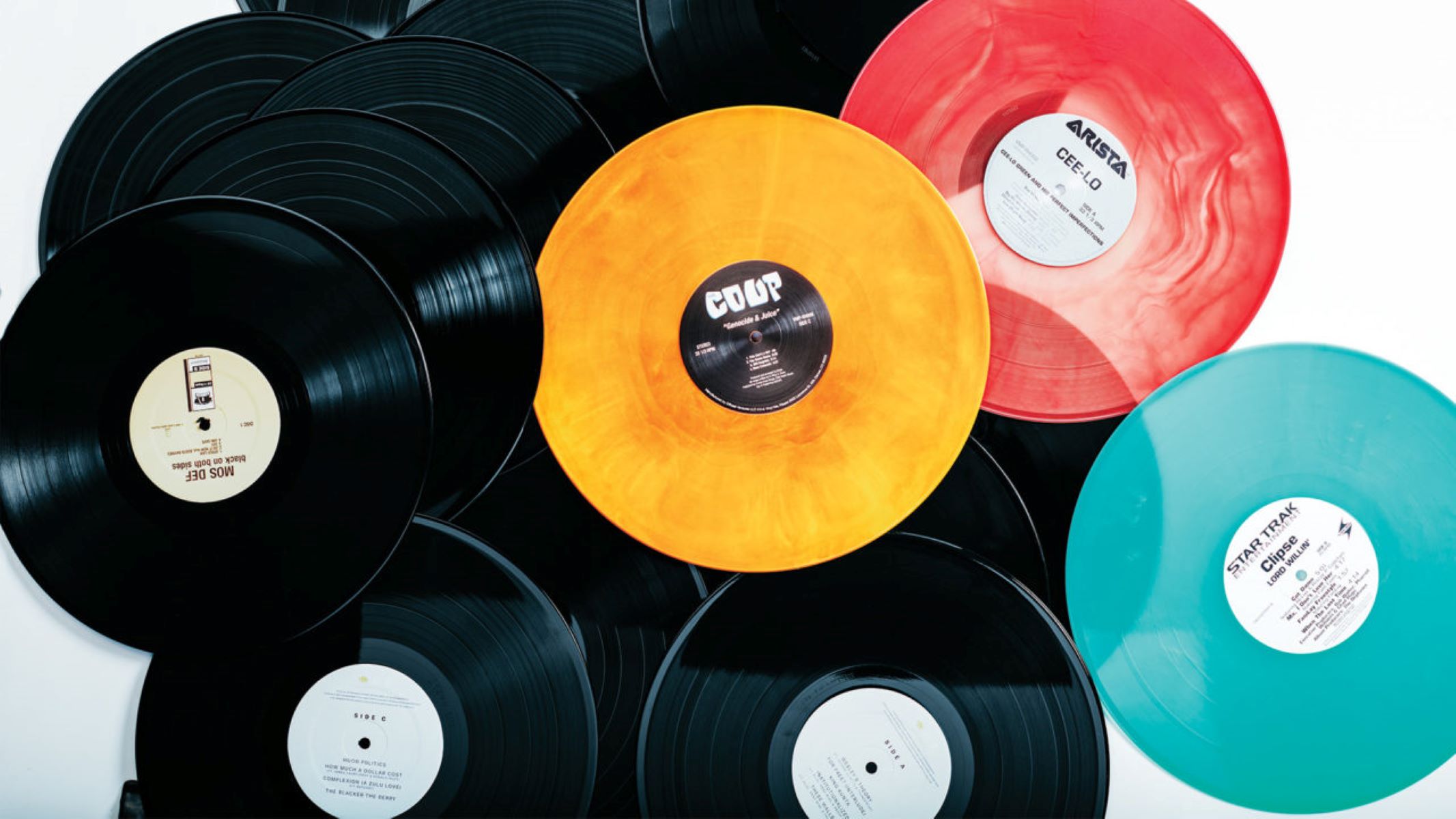

Articles
How To Store Vinyl Records
Modified: February 24, 2024
Learn the best practices to store your vinyl records safely and preserve their quality for years to come. Find helpful articles on proper storage techniques.
(Many of the links in this article redirect to a specific reviewed product. Your purchase of these products through affiliate links helps to generate commission for Storables.com, at no extra cost. Learn more)
Introduction
Vinyl records have made a major comeback in recent years, with music lovers around the world rediscovering the warm and rich sound that only vinyl can provide. Whether you are a seasoned collector or just starting your vinyl journey, proper storage and maintenance of your records are crucial to ensure their longevity and optimal sound quality.
In this article, we will guide you through the process of storing vinyl records effectively. From choosing the right storage solution to cleaning and organizing your collection, we will cover all the essential steps to keep your vinyl in pristine condition.
Key Takeaways:
- Choose the right storage solution: Whether it’s record shelves, crates, or custom-made options, providing a stable and secure environment for your vinyl records is crucial for their preservation and longevity.
- Protect from environmental factors: Safeguard your vinyl records from temperature, humidity, sunlight, dust, and pests to ensure their optimal condition and longevity. Regular maintenance and care will preserve the unique and timeless experience of vinyl for years to come.
Read more: How To Store Your Vinyl Records
Choosing the Right Storage Solution
The first step in proper vinyl record storage is selecting the right storage solution. There are various options available, each with its advantages and considerations. Here are a few popular choices:
1. Record Shelves: Vinyl record shelves are specially designed to store records vertically, allowing easy access and visibility of your collection. Look for shelves that are sturdy and provide ample space to accommodate your growing collection.
2. Record crates: If you prefer a more portable option, record crates are a great choice. They are lightweight, stackable, and easy to transport. However, make sure the crates are sturdy and provide enough support to prevent the records from bending or warping.
3. Record cabinets: For those who want to keep their collection hidden or protected from dust and sunlight, record cabinets are an excellent option. These cabinets often come with shelves or drawers specifically designed to store vinyl records.
4. Custom-made storage solutions: If you have a large and valuable collection, you may consider investing in custom-made storage solutions. These can be built to your specifications and provide the utmost protection and organization for your records.
When choosing a storage solution, consider factors such as your collection size, available space, accessibility, and budget. Remember, the goal is to provide a stable and secure environment for your vinyl records.
Key Takeaways:
- Choose the right storage solution: Whether it’s record shelves, crates, or custom-made options, providing a stable and secure environment for your vinyl records is crucial for their preservation and longevity.
- Protect from environmental factors: Safeguard your vinyl records from temperature, humidity, sunlight, dust, and pests to ensure their optimal condition and longevity. Regular maintenance and care will preserve the unique and timeless experience of vinyl for years to come.
Read more: How To Store Your Vinyl Records
Choosing the Right Storage Solution
When it comes to storing vinyl records, choosing the right storage solution is essential to ensure their longevity and protect them from damage. There are several options available, each with its own advantages and considerations. Here are some key factors to consider when selecting the right storage solution for your vinyl collection:
1. Record Shelves:
One of the most popular storage options for vinyl records is record shelves. These shelves are specifically designed to store records vertically, allowing easy access and visibility of your collection. When choosing record shelves, look for sturdy and durable materials such as solid wood or metal. Avoid shelves with excessive slant or flex, as they can cause warping or damage to your records. Additionally, make sure the shelves provide sufficient space to accommodate your growing collection.
2. Record Crates:
If you prefer a more portable option, record crates are a great choice. These crates are lightweight, stackable, and easy to transport. They are perfect for DJs, collectors who frequently move their records, or those with limited space. Look for crates made from sturdy materials, such as solid wood or heavy-duty plastic, and ensure they provide enough support to prevent the records from bending or warping.
3. Record Cabinets:
For collectors who want to keep their vinyl collection hidden or protected from dust and sunlight, record cabinets are an excellent option. These cabinets often come with shelves or drawers specifically designed to store vinyl records. They provide a secure and enclosed space, offering protection from environmental factors. Make sure the cabinets have proper ventilation to prevent moisture buildup, and consider cabinets with lockable doors for additional security.
4. Custom-Made Storage Solutions:
If you have a large and valuable vinyl collection, you may consider investing in custom-made storage solutions. These solutions can be built to your specifications and provide the utmost protection and organization for your records. Custom-made storage options include wall-mounted racks, modular shelving systems, or even dedicated record rooms. Consult with professional carpenters or furniture makers to create a storage solution tailored to your collection’s unique needs.
Regardless of the storage solution you choose, it’s crucial to ensure that it provides a stable and secure environment for your vinyl records. Avoid exposing your records to extreme temperatures, moisture, direct sunlight, or excessive humidity. These conditions can lead to warping, mold growth, or deterioration of the record sleeves. Additionally, make sure to leave enough space between records to prevent them from rubbing against each other and causing damage.
In summary, choosing the right storage solution for your vinyl records is key to preserving their quality and extending their lifespan. Consider factors such as collection size, available space, accessibility, and budget when making your decision. By investing in a suitable storage solution, you can enjoy your vinyl collection for years to come.
Cleaning and Preparing Your Vinyl Records for Storage
Before storing your vinyl records, it is important to clean and properly prepare them to ensure their longevity and maintain optimal sound quality. Dust, dirt, and other contaminants can accumulate on the surface of the records, which can lead to skips, pops, and overall deterioration of the sound. Here are the steps to clean and prepare your vinyl records for storage:
1. Gather the necessary cleaning supplies:
To clean your vinyl records, you will need a few essential supplies. These include a record cleaning brush or a carbon fiber brush, a record cleaning solution, a microfiber cloth or record cleaning cloth, and a record cleaning machine (optional).
2. Inspect the records for any visible dirt or debris:
Before cleaning, visually inspect each record for any visible dirt, dust, or debris. Use a gentle brush or a lint-free cloth to remove any loose particles from the surface. It is essential to be gentle and avoid applying too much pressure, as this can cause scratches or damage to the record.
3. Use a record cleaning brush or carbon fiber brush:
Using a record cleaning brush or a carbon fiber brush, gently brush the record’s surface in a clockwise motion. This will help remove any remaining dust or debris that may be embedded in the grooves. Make sure to clean both sides of the record thoroughly.
4. Clean the record with a record cleaning solution:
Next, apply a small amount of record cleaning solution to a microfiber cloth or a record cleaning cloth. Wipe the record’s surface in a circular motion, moving from the center towards the outer edge. Avoid rubbing too vigorously, as this can cause damage. Repeat this process for both sides of the record.
5. Rinse the record if necessary:
If your record has stubborn stains or residue, you may need to rinse it with distilled water. Pour a small amount of distilled water onto a clean cloth and gently wipe the record’s surface. Make sure to dry the record completely with a separate cloth before storing.
6. Allow the records to air dry:
After cleaning, allow the records to air dry completely before storing them. This will help prevent moisture from causing damage to the record or its sleeve. Avoid using heat sources such as hairdryers, as this can warp the record.
7. Place the records in protective sleeves:
Once the records are dry, place them in high-quality, anti-static inner sleeves. These sleeves will protect the record from dust, debris, and static electricity, ensuring its preservation. Avoid using paper sleeves, as they can scratch the record’s surface. Additionally, it’s important to store records in their original jackets whenever possible.
By following these steps, you can ensure that your vinyl records are thoroughly cleaned and prepared for storage. Regular cleaning of your records will not only enhance their longevity but also maintain their sound quality for years to come.
Organizing Your Vinyl Collection
Organizing your vinyl collection is an important step in maintaining and enjoying your records. A well-organized collection not only makes it easy to find specific albums but also minimizes the risk of damage and ensures that each record is properly stored. Here are some tips to help you organize your vinyl collection:
1. Sort your records by genre or artist:
One of the most common ways to organize a vinyl collection is by sorting records by genre or artist. This method allows you to easily browse through your collection based on your preferences. For example, you can dedicate specific sections or shelves for rock, jazz, hip-hop, classical, and other genres. Within each genre, you can further organize records alphabetically by artist name.
2. Use dividers or labels:
To make finding records even easier, consider using dividers or labels within each genre or artist section. Dividers can be made of sturdy cardboard or acrylic and can be labeled with the corresponding genre or artist name. This not only adds visual appeal but also helps keep records organized, especially if you have a large collection.
3. Consider organizing chronologically:
If you have a diverse collection spanning different eras or timeframes, organizing chronologically can be a great option. This method allows you to see the progression of music over time and easily locate records from specific decades or periods. You can use dividers labeled with years or decades to separate the records.
4. Create a system for new additions:
As your collection continues to grow, it’s important to have a system in place for new additions. Whether it’s allocating a specific section for new records or marking them with colored stickers, make sure you have a designated area for recently acquired vinyl. This will help you keep track of your latest purchases and prevent them from getting lost within your collection.
5. Digitize your collection:
If you also listen to digital music, consider digitizing your vinyl collection. This involves ripping your vinyl records into a digital format, allowing you to access and enjoy your collection on various digital devices. There are plenty of software options available for vinyl digitization, and this method can help reduce wear and tear on your records.
6. Keep a catalog or inventory:
Maintaining a catalog or inventory of your vinyl collection can be helpful, especially if you have a large number of records. This can be done digitally or in a physical notebook, and it allows you to keep track of the albums you own, their condition, and any other relevant information. It can also serve as a reference when shopping for new records, helping you avoid duplicates and gaps in your collection.
By taking the time to organize your vinyl collection, you can create a visually appealing and easily navigable library of music. Whether you choose to sort by genre, artist, or chronologically, the key is to establish a system that suits your preferences and allows for easy access and enjoyment of your records. Happy organizing!
Read more: How To Store Vinyl Records In Sleeves
Storing Vinyl Records in Sleeves and Jackets
Properly storing vinyl records in sleeves and jackets is crucial for their protection and preservation. The sleeves and jackets not only prevent dust and dirt from accumulating on the records but also guard against potential scratches, warping, and other damage. Here are some essential tips for storing vinyl records in sleeves and jackets:
1. Inner Sleeves:
Inner sleeves are the first line of defense for your vinyl records. They are typically made of high-density polyethylene (HDPE) or polypropylene (PP) and act as a barrier between the record and its outer jacket. It is important to use anti-static inner sleeves to prevent static buildup and protect the record’s surface. Avoid using paper sleeves, as they can scratch the vinyl. Place the records inside the inner sleeves with the opening facing upward to prevent the vinyl from sliding out.
2. Outer Jackets:
The outer jackets or album covers protect the entire record, including the inner sleeve. They provide additional shielding against dust, light, and potential physical damage. When storing records in outer jackets, ensure that the records are placed inside securely, with no exposed parts. Avoid overcrowding the jackets as this can cause pressure on the records, leading to warping. If a record’s original jacket is damaged or lost, consider replacing it with a new jacket that fits properly.
3. Polyethylene Outer Sleeves:
To further protect the outer jackets and provide an extra layer of defense, consider using polyethylene outer sleeves. These transparent plastic sleeves fit over the outer jackets, keeping them safe from dust, moisture, and minor handling. Polyethylene is a preferred choice, as it is resistant to static electricity and can be easily sealed with adhesive strips or resealable flaps.
4. Stand the Records Vertically:
When storing records in sleeves and jackets, it is best to stand them vertically. This helps prevent any unnecessary pressure on the vinyl, reducing the risk of warping. Additionally, standing the records allows for easier browsing and retrieval without disturbing the other records in the collection. Make sure the shelves or storage unit where you place the records are sturdy and provide adequate support.
5. Store in a Cool and Dry Environment:
Maintaining the right environmental conditions is crucial for vinyl record storage. Keep your records in a cool and dry area, away from direct sunlight, extreme temperature fluctuations, and humidity. High heat, moisture, and excessive sunlight can damage the vinyl and cause warping, fading, or deterioration of the record covers.
By adhering to these tips, you can ensure that your vinyl records are well-protected and preserved within their sleeves and jackets. Remember, proper storage helps extend the lifespan of your records and ensures that you can enjoy their pristine sound quality for years to come.
Store vinyl records vertically to prevent warping and damage to the grooves. Keep them in a cool, dry place away from direct sunlight and extreme temperatures.
Storing Vinyl Records on Shelves
Storing vinyl records on shelves is a popular and convenient method for organizing and displaying your collection. The right shelving system not only protects your records but also allows easy access and visibility. Here are some important considerations when storing vinyl records on shelves:
1. Choose sturdy and stable shelves:
The first step is to select shelves that are sturdy and stable enough to support the weight of vinyl records. Look for shelves made from durable materials such as solid wood or metal. Avoid shelves that are prone to flex or sag, as this can put unnecessary pressure on the records and lead to warping or damage.
2. Ensure proper spacing:
When placing records on shelves, it is essential to provide enough space between each record to avoid unnecessary pressure or rubbing. Overcrowding the shelves can lead to warping or scratching of the records. Leave enough room for easy browsing and retrieval without disturbing neighboring records.
3. Vertical storage is key:
Store your vinyl records vertically on the shelves to prevent warping. Stacking records horizontally or leaning them against each other can cause unnecessary stress on the vinyl, resulting in damage over time. Vertical storage not only helps maintain the shape of the records but also makes it easier to browse and flip through the collection.
4. Consider record dividers:
Using dividers on the shelves can help keep records organized and prevent them from leaning or falling over. Dividers can be made of various materials, including acrylic, wood, or cardboard. They can be labeled alphabetically, by genre, or artist name, making it easier to locate specific records within your collection.
5. Avoid direct sunlight and extreme temperatures:
When selecting a location for your record shelves, keep them away from direct sunlight and extreme temperature fluctuations. Vinyl records are sensitive to heat and can warp or even melt under high temperatures. Additionally, prolonged exposure to sunlight can fade the record covers and degrade their overall quality.
6. Maintain a controlled environment:
Creating a controlled environment for your record shelves is important to ensure the longevity of your vinyl records. Avoid locations that are prone to excessive humidity or moisture, as this can promote mold growth and damage the records. Maintain a moderate level of humidity and use dehumidifiers or moisture absorbers if necessary.
7. Regularly dust and clean the shelves:
To keep your record shelves clean and free of dust, it’s important to regularly wipe them down. Dust can accumulate on the shelves and transfer onto your vinyl records, affecting their sound quality. Use a soft microfiber cloth or a feather duster to gently clean the surfaces of the shelves.
By following these guidelines, you can store your vinyl records effectively on shelves, ensuring easy access, protection, and preservation. Proper storage not only enhances the longevity of your collection but also allows you to enjoy the full beauty and sound quality of your vinyl records.
Avoiding Common Storage Mistakes
Proper storage of vinyl records is essential for preserving their quality and longevity. However, there are several common mistakes that collectors often make, which can lead to damage or deterioration of their vinyl. To ensure the optimal condition of your vinyl records, here are some common storage mistakes to avoid:
1. Storing records in a haphazard manner:
One of the biggest mistakes is not organizing and storing records properly. Avoid stacking records, leaning them against each other, or placing them in random order. These practices can cause warping, scratching, or even breakage of the records. Take the time to store your records neatly and follow a systematic organization method to protect and easily access the collection.
2. Neglecting the importance of inner sleeves:
Inner sleeves are crucial for protecting the vinyl surface from dust, debris, and scratches. Using high-quality anti-static inner sleeves is essential, as they help prevent static buildup and reduce the risk of attracting dust particles. Avoid using paper sleeves, as they can cause scratches and leave residue on the vinyl.
3. Exposing records to extreme temperatures:
Vinyl records are sensitive to heat and extreme temperature fluctuations. Avoid storing your records in areas that are subjected to direct sunlight or extreme heat sources. High temperatures can cause warping or even melting of the vinyl, irreversibly damaging the records. Choose a cool, dry, and stable environment for storing your records.
4. Allowing exposure to sunlight:
Sunlight can cause fading and discoloration of record covers over time. Prolonged exposure to sunlight can also lead to the degradation of the vinyl material. Store your records in a place where they are shielded from direct sunlight to preserve their visual appeal and overall condition.
5. Overcrowding shelves or storage units:
Overcrowding can put pressure on your records and increase the risk of warping or scratches. Ensure that there is ample space on your shelves or in your storage unit to allow for easy browsing and retrieval. Proper spacing between records will also minimize the chance of accidental damage when removing or returning a record.
6. Storing records in unsuitable conditions:
Humidity and moisture are detrimental to vinyl records. Avoid storing your records in damp or humid areas, such as basements or bathrooms, as this can lead to mold growth and damage to the records. Maintain a controlled environment with moderate humidity levels to ensure the longevity of your vinyl collection.
7. Neglecting regular cleaning and maintenance:
Regular cleaning is vital to remove dust and debris from your records and sleeves. Neglecting this maintenance can result in compromised sound quality and deterioration over time. Clean your records using proper cleaning tools and techniques, ensuring they are free from dust and fingerprints before storing them.
By avoiding these common storage mistakes, you can significantly enhance the lifespan and quality of your vinyl collection. Take the necessary precautions and implement proper storage methods to enjoy your records for years to come.
Long-Term Storage Options for Vinyl Records
If you have a vinyl record collection that you want to store for an extended period, it’s important to choose the right long-term storage options. These options will ensure the preservation and protection of your records, maintaining their sound quality and overall condition. Here are some effective long-term storage options for vinyl records:
1. Plastic record storage boxes:
Plastic record storage boxes provide an excellent solution for long-term storage. These boxes are specifically designed to hold vinyl records and offer protection from dust, light, and potential physical damage. Look for boxes made from acid-free and archival-quality plastic that won’t degrade or harm your vinyl records over time. Label each box carefully for easy identification of records.
2. Vinyl record flight cases:
Vinyl record flight cases are ideal for those who need to store and transport their records safely. These cases are sturdy, durable, and designed to withstand the rigors of travel. They typically feature reinforced corners, secure latches, and foam padding to prevent any damage to the records. Flight cases provide excellent protection and are a great option for DJs or collectors who frequently move or transport their vinyl records.
3. Climate-controlled storage units:
If you have a large vinyl record collection or need to store your records for an extended period, consider renting a climate-controlled storage unit. These units offer stable temperature and humidity levels, protecting your records from extreme fluctuations that can cause warping or degradation. Ensure that the storage unit is clean, dry, and free from pests to maintain the optimal condition of your vinyl records.
4. Custom-made vinyl record cabinets:
For collectors with valuable and extensive vinyl collections, custom-made vinyl record cabinets provide the utmost protection and organization. These cabinets are designed with vinyl storage in mind and often include features such as adjustable shelves, dividers, special compartments for accessories, and even built-in climate control. Custom-made cabinets allow you to tailor the storage space to your specific needs and ensure the long-term preservation of your vinyl records.
5. Vinyl record storage furniture:
Many furniture manufacturers offer stylish and functional storage units specifically designed for vinyl records. These furniture pieces often come with dedicated compartments or shelves sized perfectly for record storage. They combine aesthetics and functionality, allowing you to display and access your records easily. Look for furniture made from high-quality materials and with sturdy construction to support the weight of the vinyl records.
Remember, regardless of the long-term storage option you choose, it’s crucial to maintain a controlled environment with moderate temperature and humidity levels. Avoid storing vinyl records in areas prone to extreme temperatures, humidity, direct sunlight, or dampness.
By selecting the appropriate long-term storage option and following best practices for record care, you can ensure the preservation and enjoyment of your vinyl record collection for years to come.
Read more: How To Store Vinyl Records Properly
Protecting Vinyl Records from Environmental Factors
Vinyl records are sensitive to various environmental factors that can potentially damage or degrade them over time. To ensure the longevity and optimal condition of your vinyl collection, it’s important to take steps to protect them from these factors. Here are some key measures to safeguard your vinyl records from environmental hazards:
1. Temperature:
Extreme temperatures can have a detrimental effect on vinyl records. High heat can cause warping, melting, or even the separation of vinyl layers, while extreme cold can make the records brittle and prone to cracking. Store your records in a cool environment, away from direct heat sources, and avoid exposing them to rapid temperature fluctuations. Aim for a temperature range between 65 and 70 degrees Fahrenheit (18 to 21 degrees Celsius).
2. Humidity:
Humidity is another critical factor to consider in vinyl record storage. High levels of humidity can lead to mold growth, warping, and damage to the record covers and inner sleeves. Conversely, low humidity can cause the vinyl to become brittle and prone to cracking. Maintain a moderate humidity level around 40-50% to prevent the growth of mold or mildew. You can use dehumidifiers or moisture absorbers in the storage area to keep humidity under control.
3. Sunlight:
Direct sunlight can cause fading, discoloration, and degradation of record covers and even the vinyl itself. UV rays in sunlight can break down the chemical composition of the vinyl, leading to a loss of sound quality. Avoid storing your records in areas exposed to direct sunlight, and use curtains or blinds to filter out UV rays if necessary.
4. Dust and Dirt:
Dust and dirt are common culprits when it comes to compromising the sound quality and longevity of vinyl records. They can cause scratches, pops, and clicks, and can also accumulate in the grooves, affecting playback. Regularly clean your records using appropriate cleaning techniques and tools such as carbon fiber brushes or record cleaning machines to remove dust and debris.
5. Air Circulation:
Proper air circulation is important in vinyl record storage. Storing records in a poorly ventilated or confined space can lead to moisture buildup and the growth of mold or mildew. Ensure that there is adequate airflow around your records, and avoid storing them in airtight plastic bags or containers that may trap moisture. Use breathable storage solutions and allow for some space between records for air circulation.
6. Pest Control:
Pests, such as insects or rodents, can cause significant damage to your vinyl records. They may chew on the sleeves or the records themselves, leaving behind irreparable damage. Keep your storage area clean and free from food sources that may attract pests, and consider using pest control measures if necessary.
By implementing these protective measures, you can safeguard your vinyl records from the damaging effects of temperature, humidity, sunlight, dust, and pests. Proper care and attention will ensure that your vinyl collection remains in pristine condition, allowing you to enjoy the rich and warm sound of vinyl for years to come.
Maintaining Your Vinyl Storage Solution
Once you have set up your vinyl storage solution, it is important to maintain it properly to ensure the longevity and protection of your records. Regular maintenance will help preserve the condition of the storage unit and keep your vinyl collection in optimal shape. Here are some key tips for maintaining your vinyl storage solution:
1. Regular cleaning:
Dust and dirt can accumulate on your storage shelves or cabinets over time. Regularly clean your storage solution, using a soft cloth or a feather duster to remove any dust or debris. Make sure to clean both the interior and exterior surfaces of the storage unit. This will prevent the accumulation of dust that can transfer onto your records and sleeves.
2. Check for signs of damage:
Periodically inspect your storage shelves or cabinets for any signs of damage or wear. Look for any signs of warping, flexing, or loosening of the shelves. Pay attention to any cracks or defects in the material. Addressing these issues promptly will prevent further damage to your vinyl collection and ensure the stability of your storage solution.
3. Properly organize and rearrange your collection:
As your vinyl collection grows or changes, it is important to maintain proper organization and periodically rearrange your records. This will help in evenly distributing the weight on the shelves and ensure that no records are under excessive pressure or at risk of falling. Regularly sorting and organizing your collection will also make it easier to locate specific albums.
4. Climate control and environmental monitoring:
Maintain a stable environment within your storage area by monitoring the temperature and humidity levels. Consider investing in a hygrometer to keep track of humidity, and adjust the environment if necessary using dehumidifiers or humidifiers. Regularly check that the storage area is free from excessive moisture, leaks, or any other environmental factors that can harm your records.
5. Preventative actions against pests:
Pests such as insects or rodents can cause extensive damage to your vinyl collection if left unchecked. Take preventative measures against pests, such as sealing any potential entry points in your storage area and using pest control products if necessary. Regularly inspect your storage unit for signs of pests and take immediate action if any are found.
6. Handle records with care:
When accessing or handling your vinyl records, be cautious and handle them with care. Avoid touching the playing surface or the grooves with your fingers, as oils and dirt from your hands can transfer onto the record. Always hold records by the outer edges or the label area to minimize the risk of damage.
By following these maintenance tips, you can ensure the longevity and preservation of your vinyl storage solution and keep your vinyl collection in optimal condition. Regular cleaning, organizing, environmental monitoring, and preventative measures will help protect your records and allow you to enjoy them for years to come.
Conclusion
Properly storing and maintaining your vinyl record collection is essential for preserving its quality, longevity, and enjoyment. By implementing the right storage solutions and following best practices, you can protect your records from damage, maintain their optimal condition, and ensure years of listening pleasure. Here’s a recap of the key points discussed in this article:
– Choosing the right storage solution, such as record shelves, crates, cabinets, or custom-made options, is crucial for providing a stable and secure environment for your records.
– Cleaning and preparing vinyl records for storage is essential. Use a record cleaning brush, a record cleaning solution, and anti-static inner sleeves to remove dust, dirt, and debris.
– Organizing your vinyl collection by genre, artist, or chronologically helps you easily locate specific albums and maintain order within your collection.
– Storing vinyl records in proper sleeves and jackets protects them from dust, scratches, and warping. Use high-quality inner sleeves and outer jackets, and consider using polyethylene outer sleeves for additional protection.
– Storing vinyl records on sturdy and appropriately spaced shelves helps ensure the records remain upright and free from unnecessary pressure or damage.
– Avoid common storage mistakes, such as haphazard storage, exposure to extreme temperatures and sunlight, overcrowding shelves, and neglecting regular cleaning and maintenance.
– Consider long-term storage options like plastic record storage boxes, vinyl record flight cases, climate-controlled storage units, custom-made cabinets, or vinyl record storage furniture.
– Protect vinyl records from environmental factors by controlling temperature and humidity levels, minimizing exposure to sunlight, preventing dust accumulation, promoting air circulation, and implementing pest control measures.
– Regularly maintain your vinyl storage solution by cleaning it, checking for damage, organizing your collection, monitoring the environment, and handling records with care.
By following these guidelines, you can ensure the longevity and optimal condition of your vinyl record collection. Proper storage and maintenance will preserve the sound quality, protect against damage, and allow you to enjoy the unique and timeless experience of vinyl for years to come. Take pride in your collection and continue to explore the world of vinyl records with care and passion.
Frequently Asked Questions about How To Store Vinyl Records
Was this page helpful?
At Storables.com, we guarantee accurate and reliable information. Our content, validated by Expert Board Contributors, is crafted following stringent Editorial Policies. We're committed to providing you with well-researched, expert-backed insights for all your informational needs.
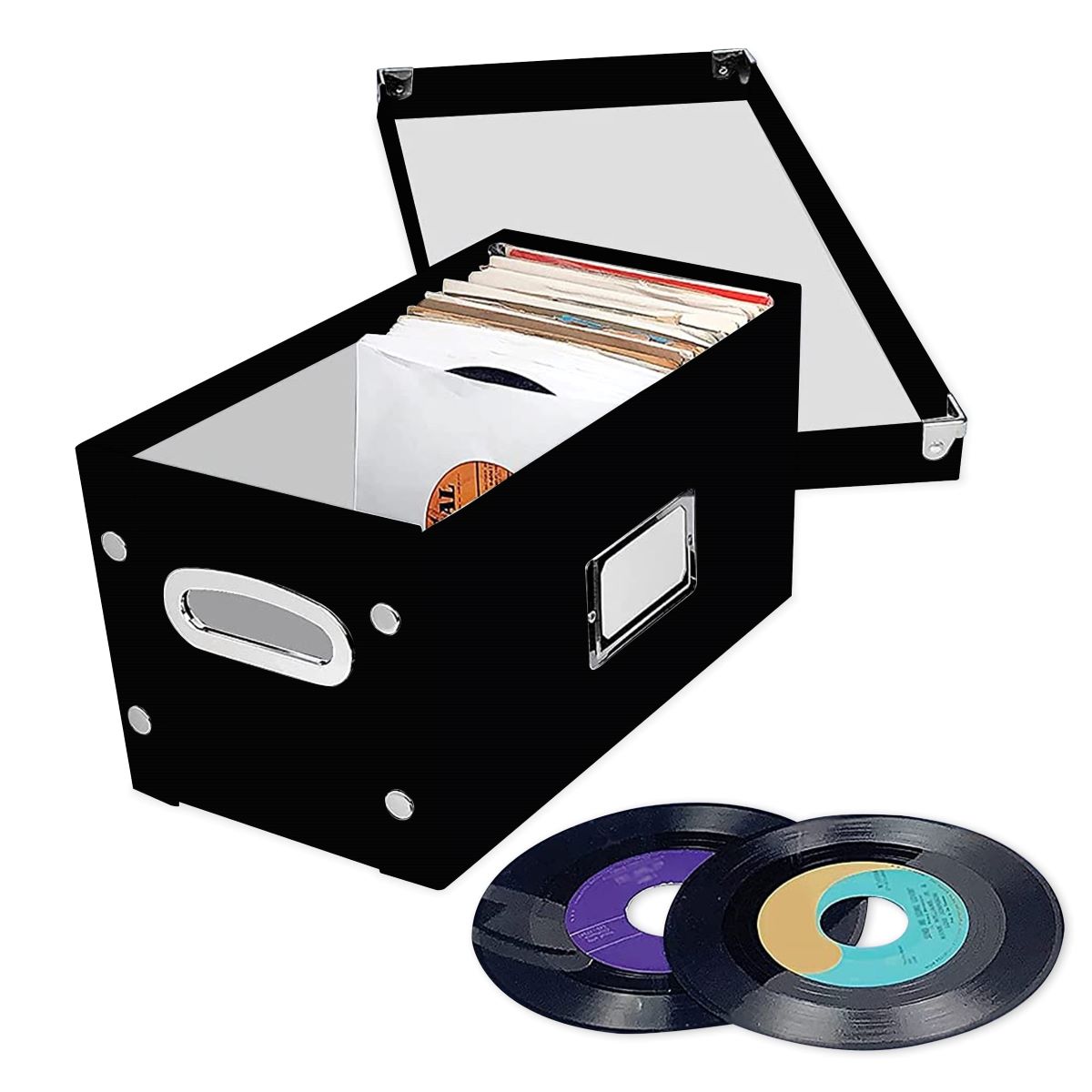
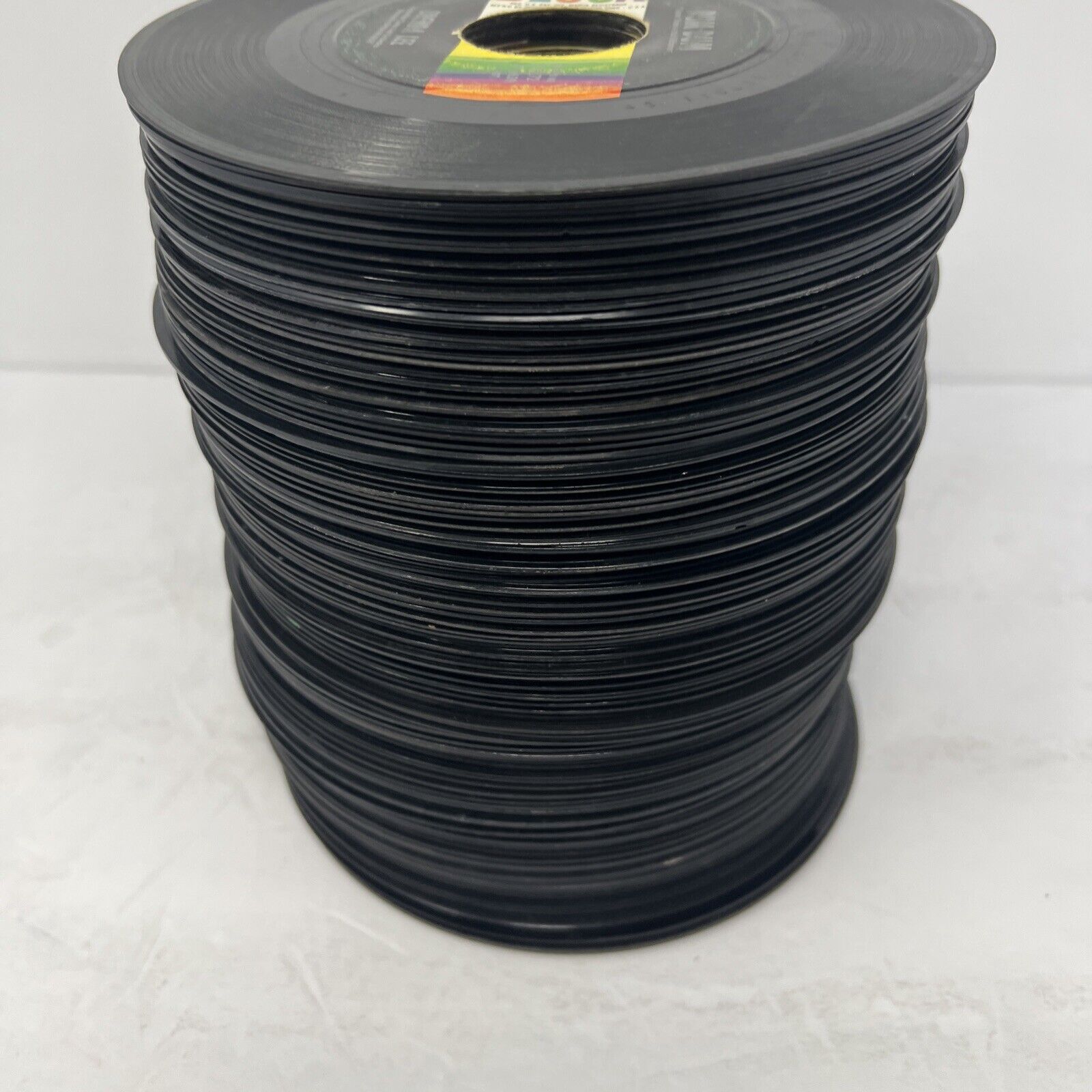
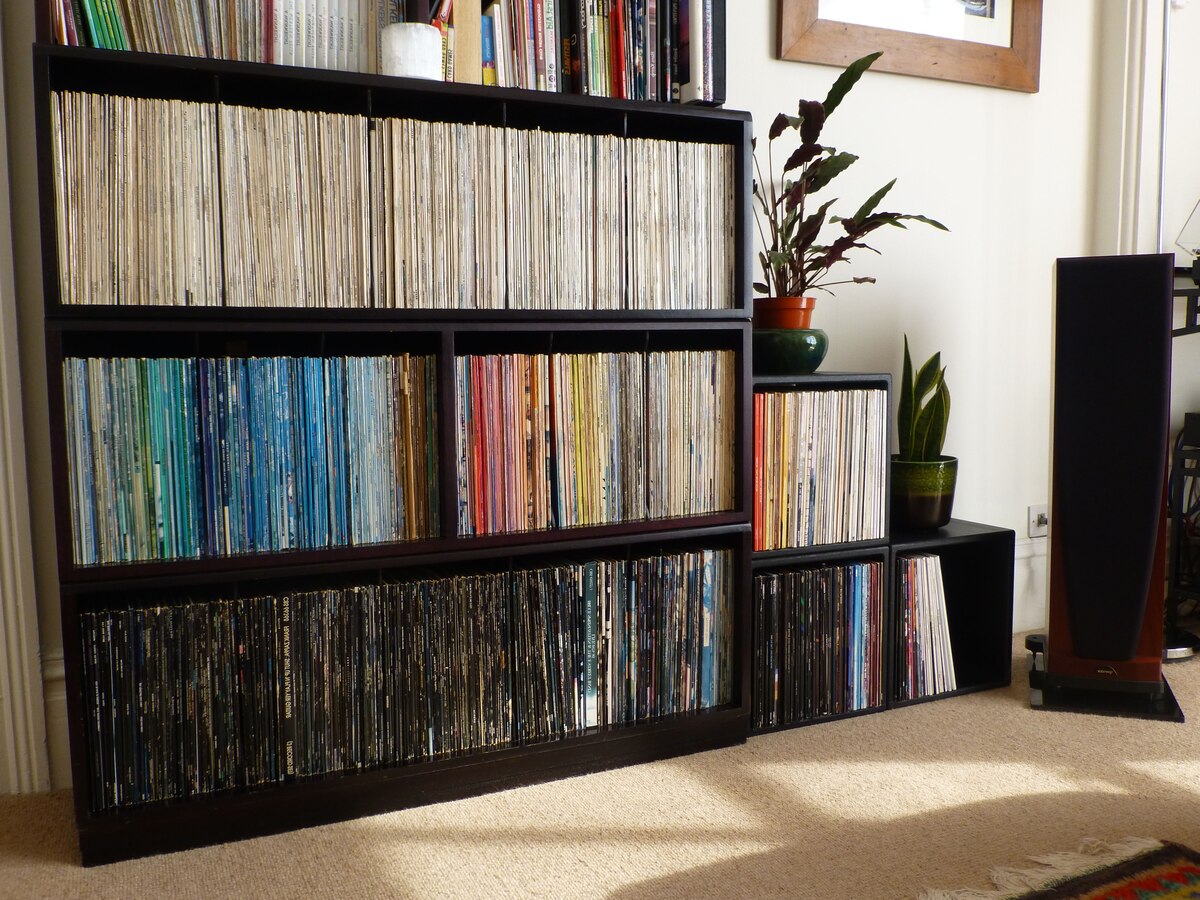
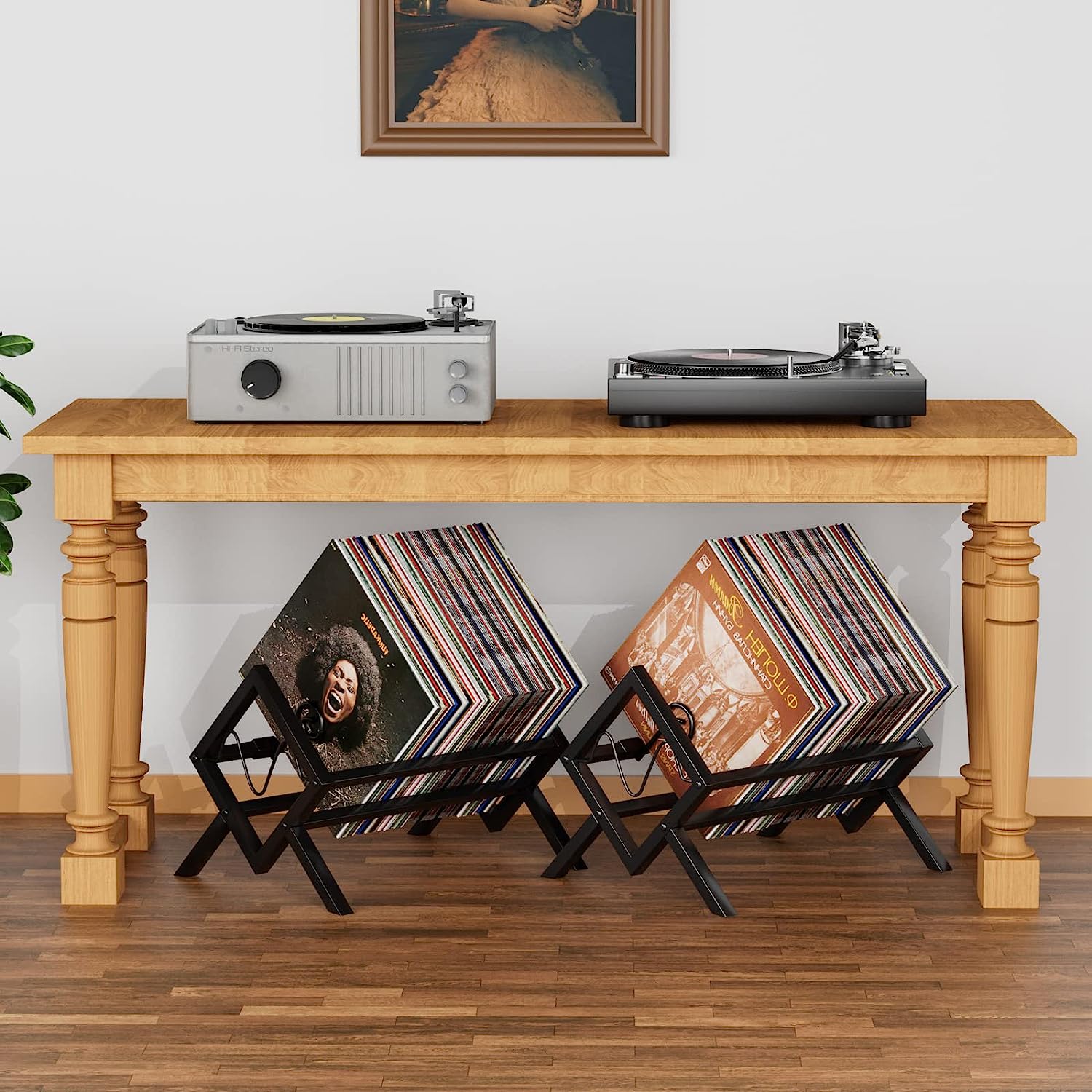
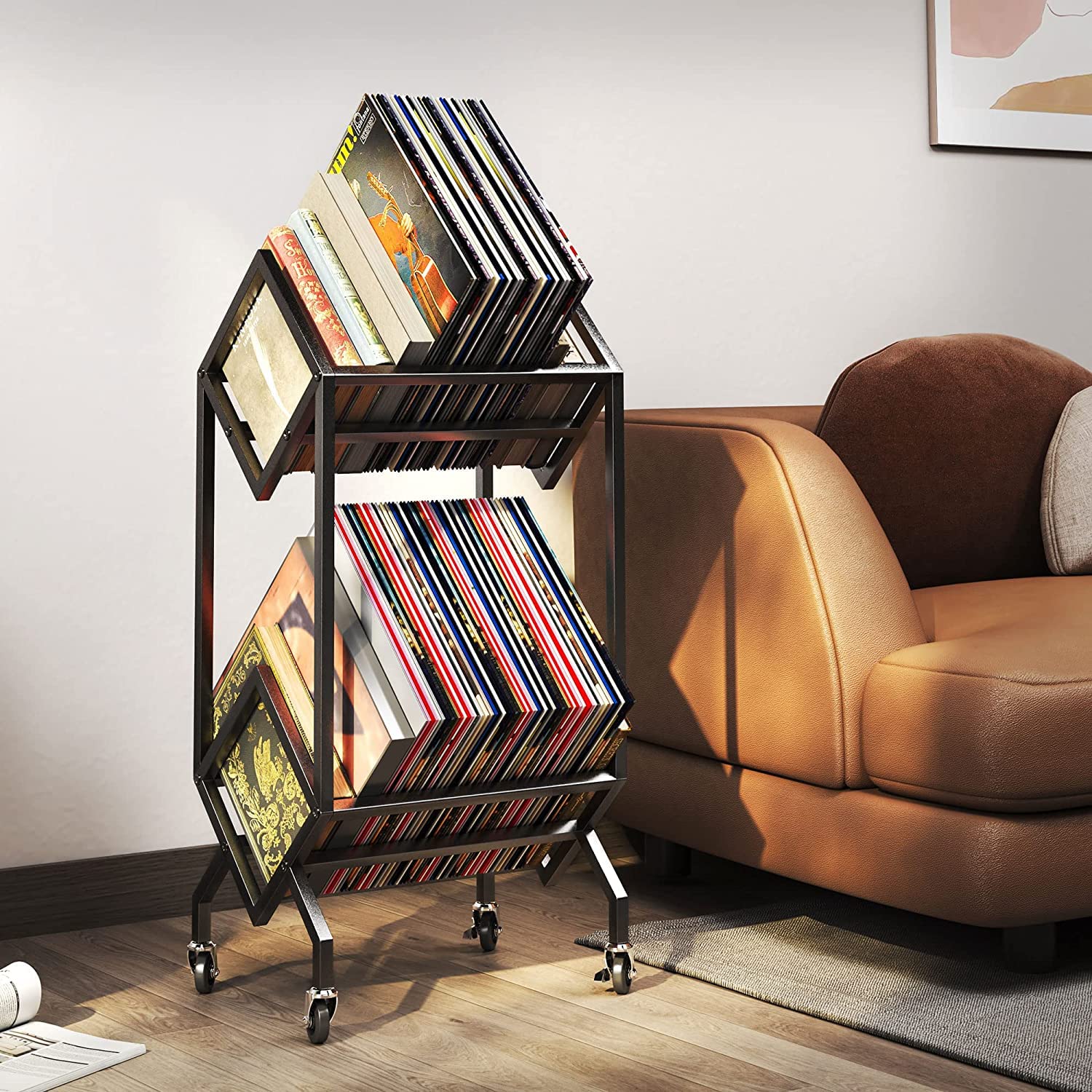
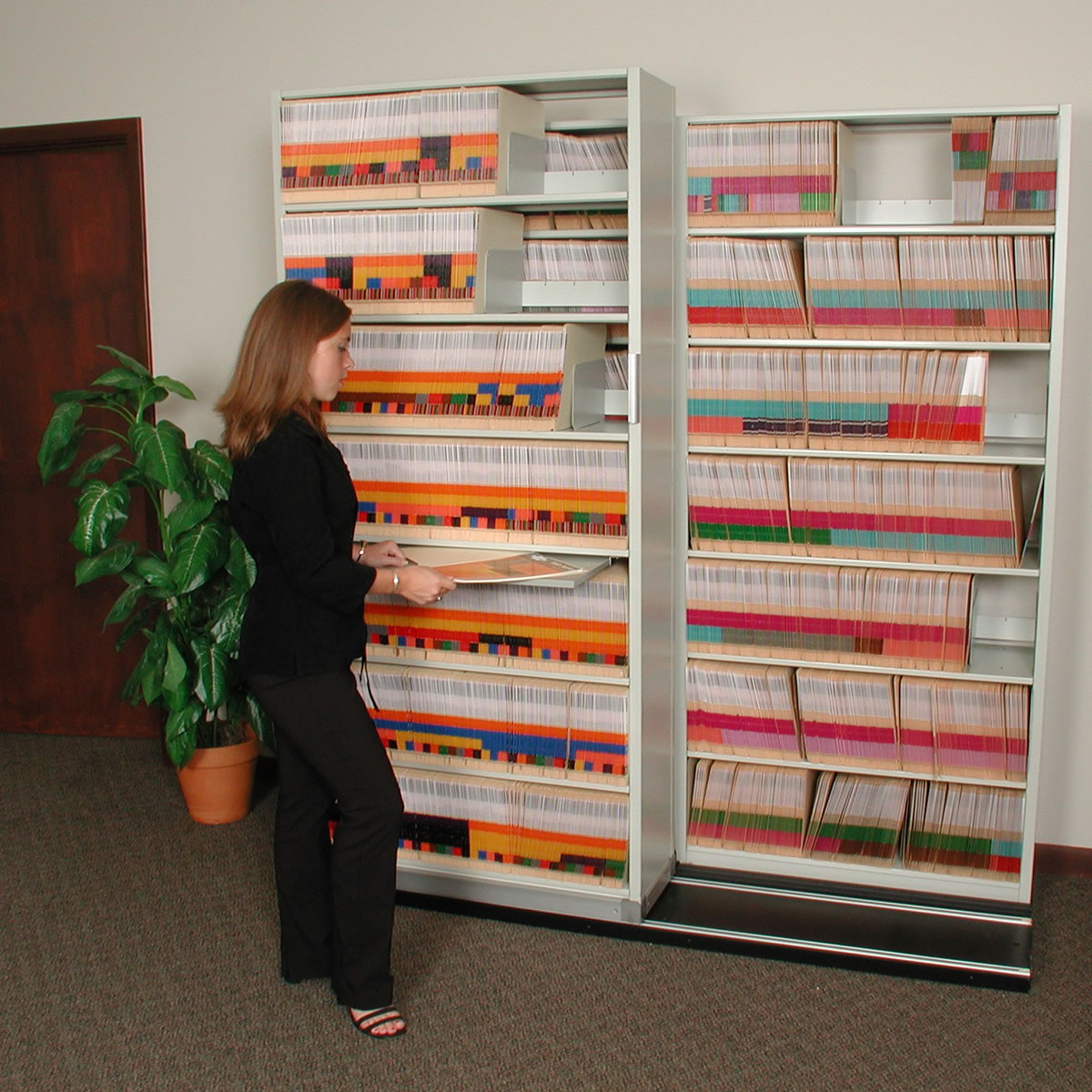
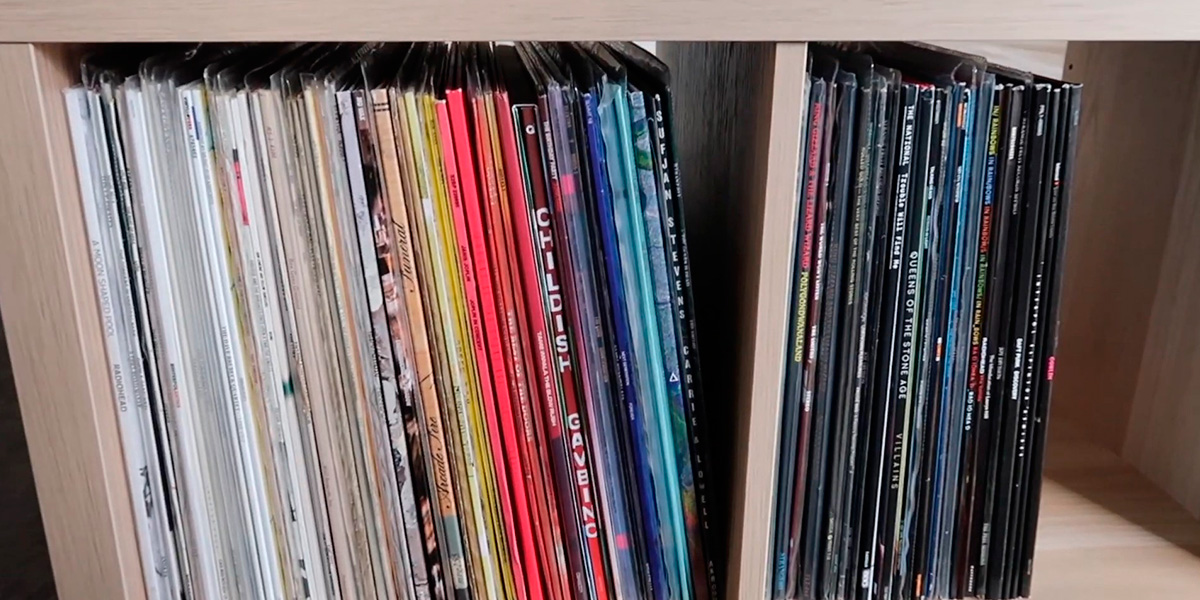
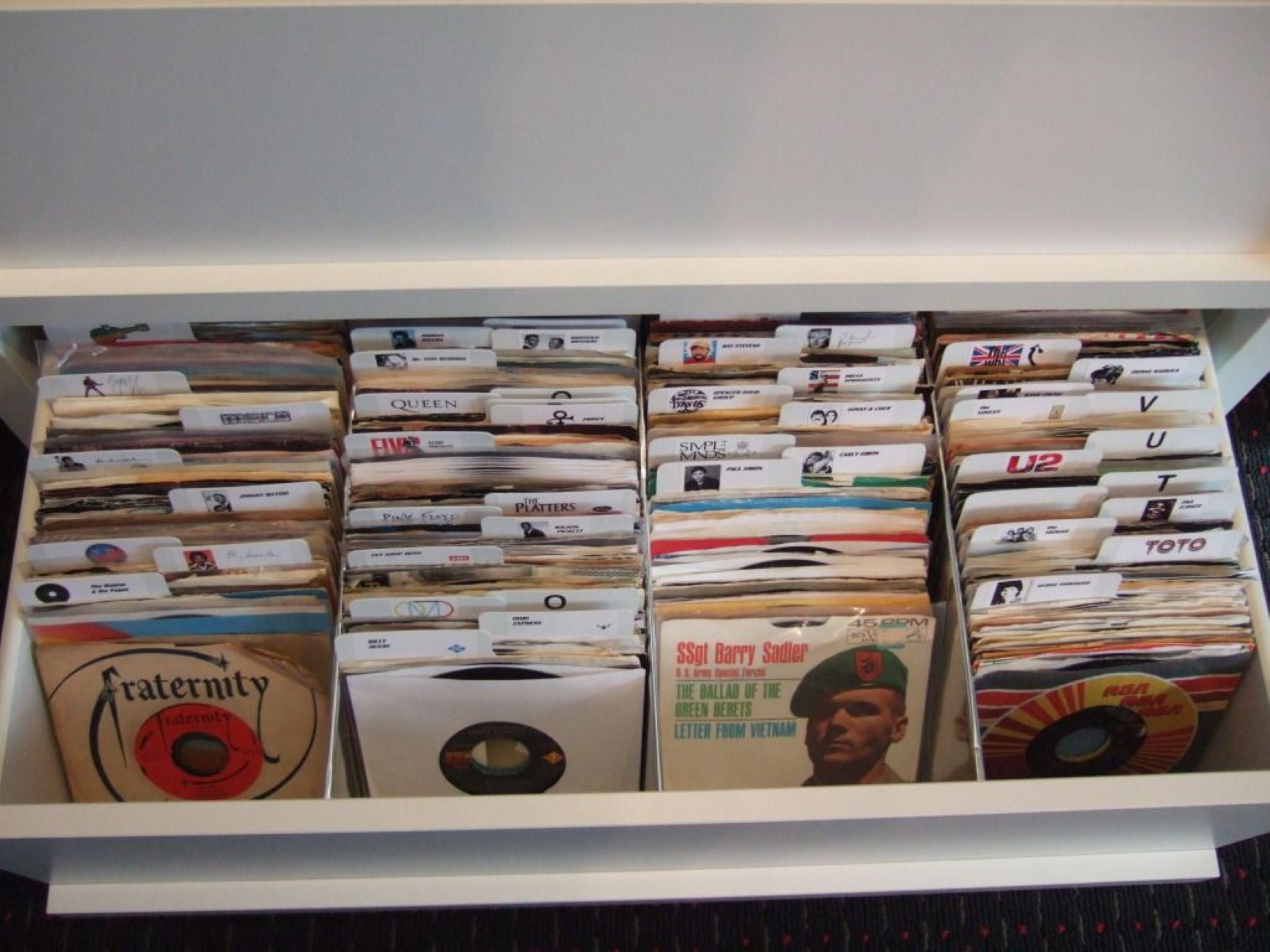
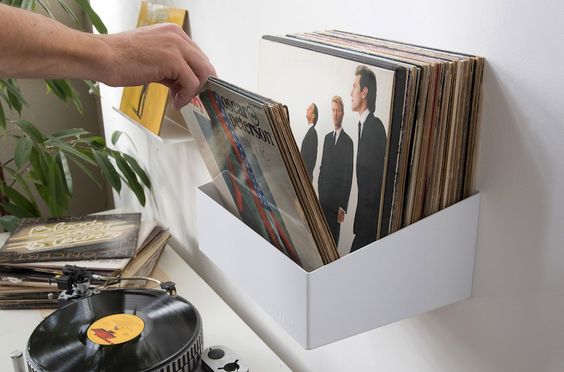
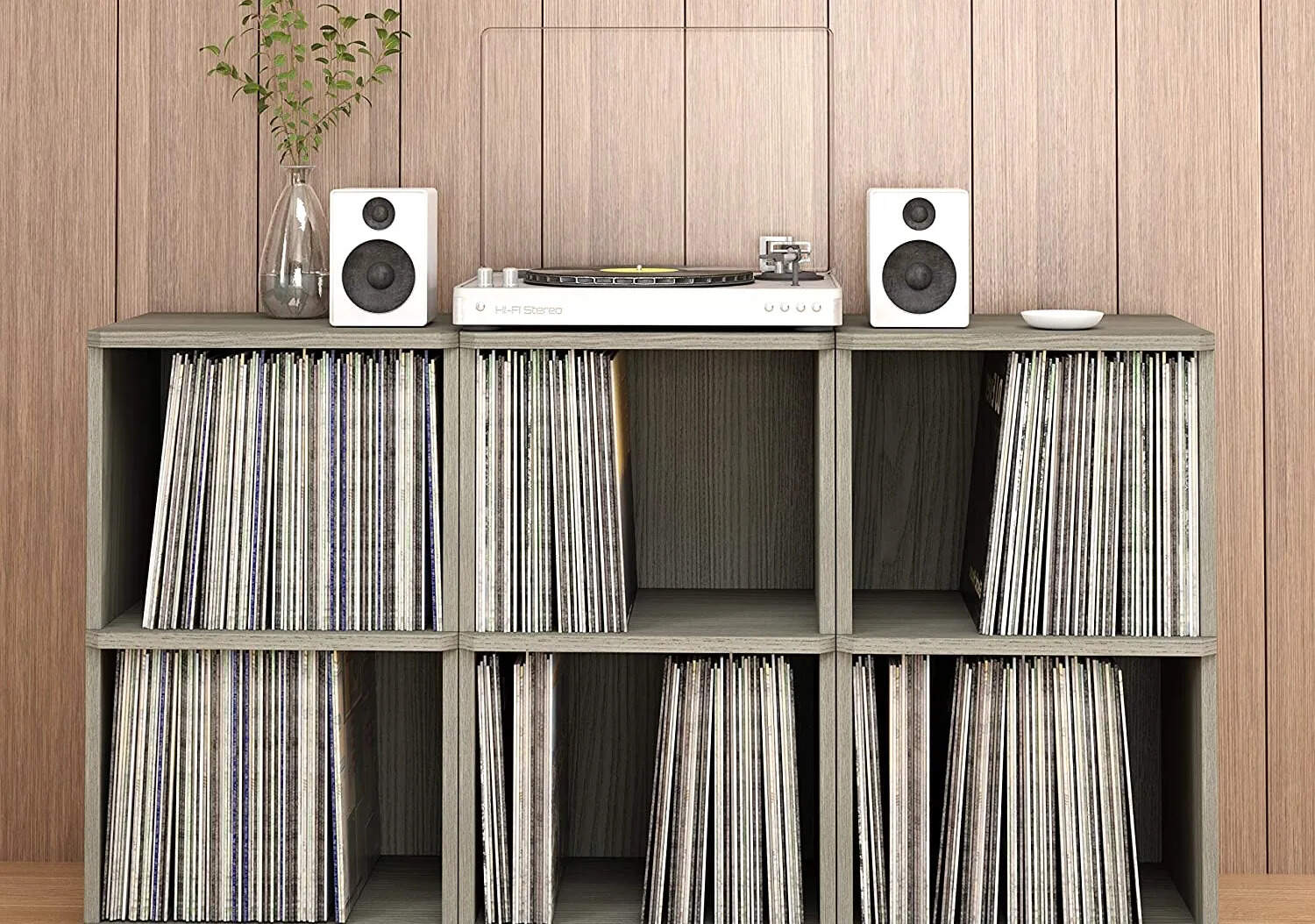

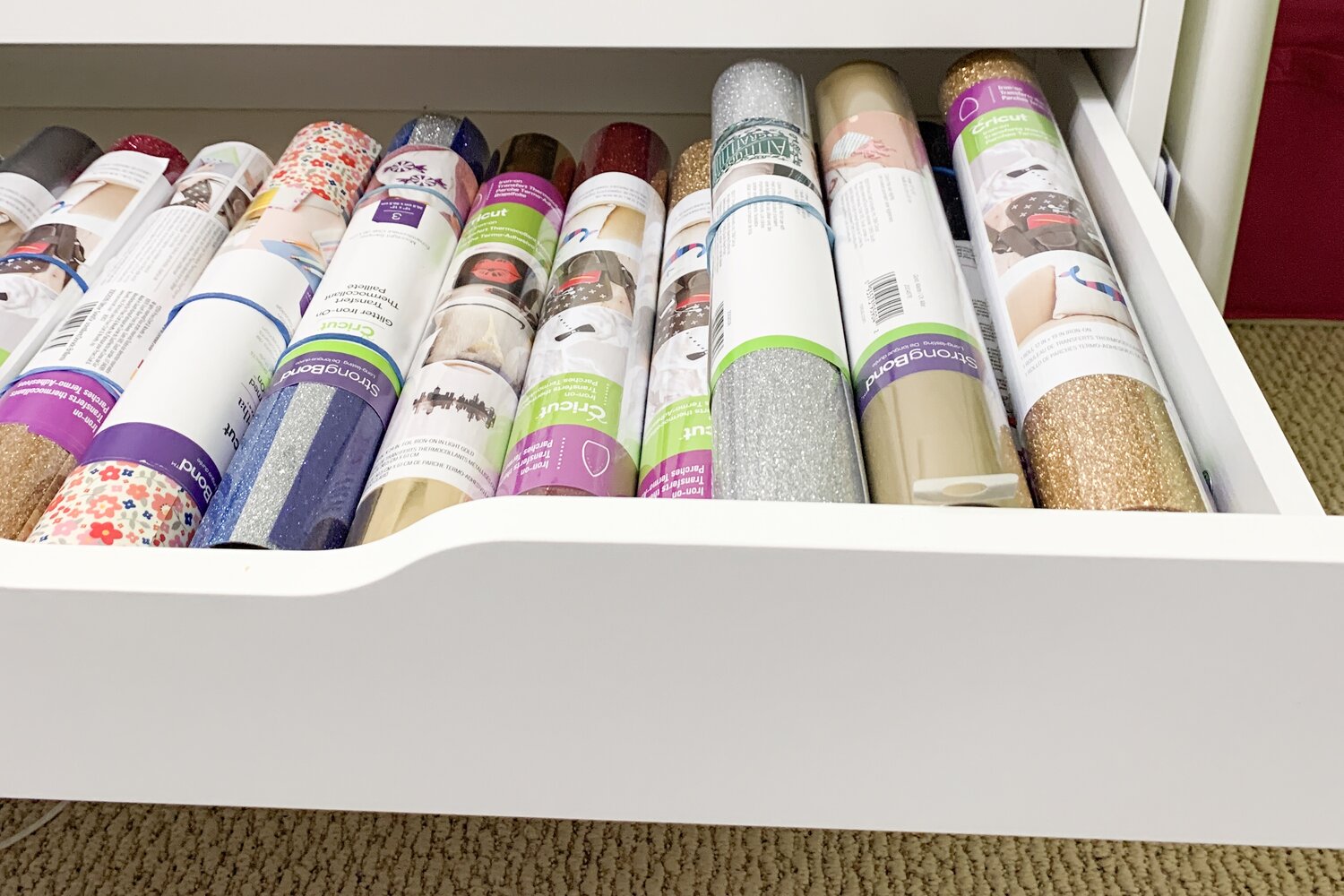
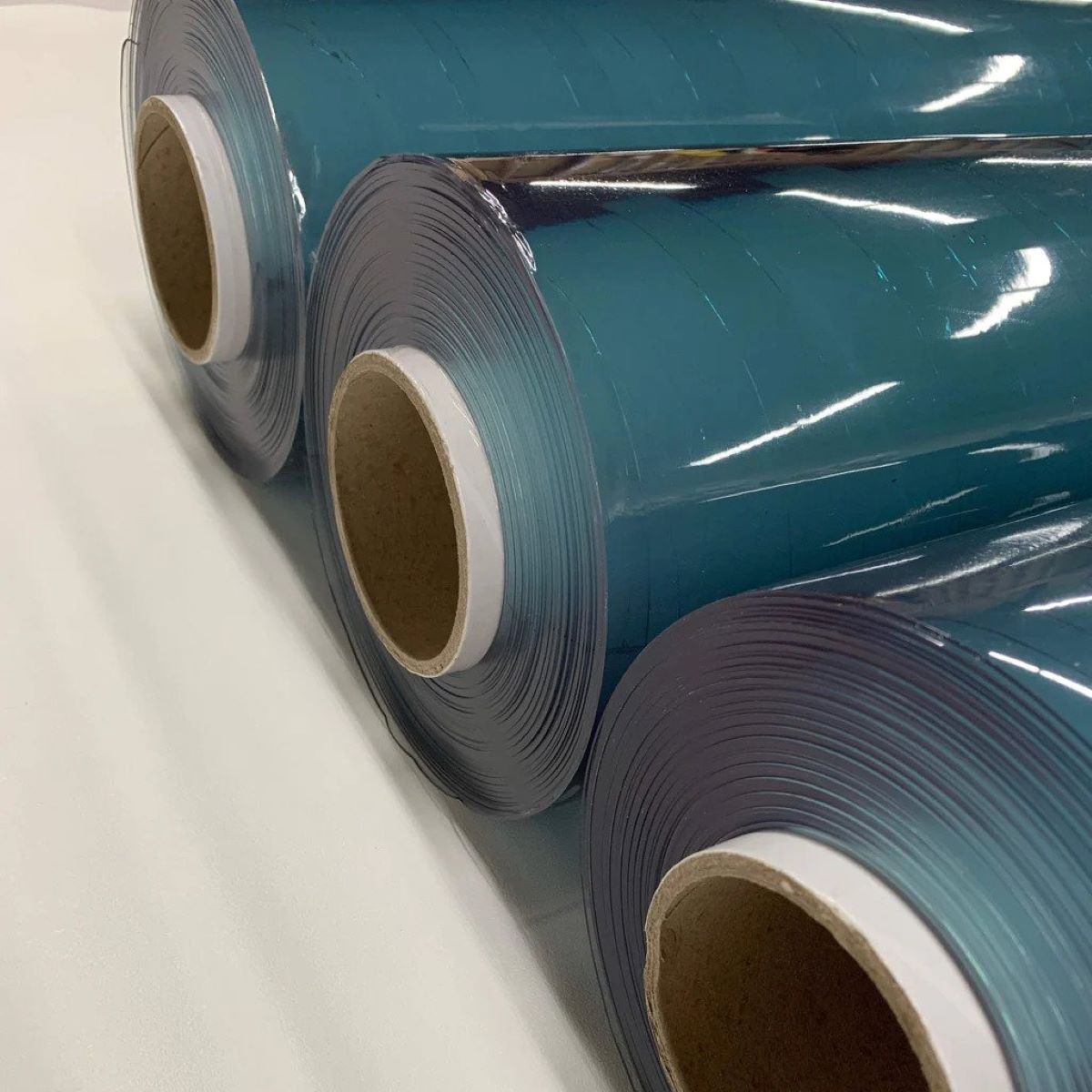

0 thoughts on “How To Store Vinyl Records”